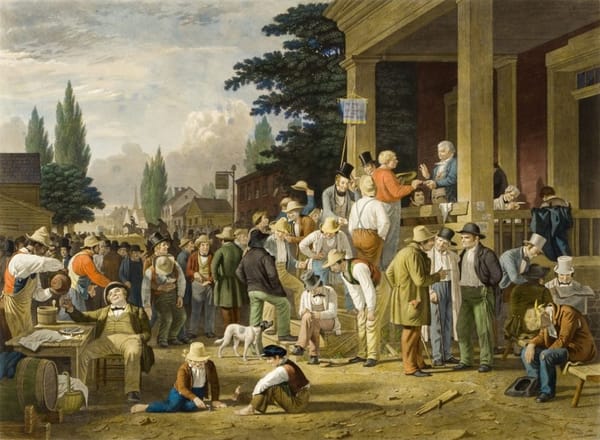The Sound of Defiance: Beethoven’s Egmont and 1956 Hungary
In October 1956, Hungary’s revolt found its soundtrack in Beethoven’s Egmont Overture. From its tragic chords to its triumphant blaze, the music mirrored their struggle: freedom martyred in blood, yet unconquered in spirit.

On October 23, 1956, Budapest erupted. What began as a student march in solidarity with reform movements in Poland quickly swelled into a mass demonstration. Tens of thousands poured into the streets demanding freedom of speech, withdrawal of Soviet troops, free elections, and an end to one-party rule. That evening, protesters converged on the headquarters of Magyar Rádió, the state radio service. In a country without television, radio was the nervous system of public life; whoever controlled the microphones controlled the story.
That evening, protesters converged on the headquarters of Magyar Rádió, the state radio service. In a country without television, radio was the nervous system of public life; whoever controlled the microphones controlled the story.
When demonstrators insisted that their “sixteen points” be broadcast, the ÁVH secret police inside the building refused. Then came the gunfire. Peaceful protest collapsed into chaos: bodies fell, wounded were dragged away, and barricades rose across Budapest. Soviet tanks rumbled in by nightfall. The revolution had begun.
In the desperate days that followed, the radio became both weapon and witness. Bulletins carried the halting words of Prime Minister Imre Nagy, pleas to the outside world, and the voices of students and workers proclaiming liberty. Between announcements, the gaps were filled with music - an old record played over and over again. It was Beethoven’s Egmont Overture, Op. 84. Its thunderous chords, stormy struggles, sudden silences, and blazing finale became the heartbeat of the revolution. For young Hungarians huddled by radios, one recalled, the music was “the only link to the rapidly evolving chain of events.”
It was Beethoven’s Egmont Overture, Op. 84. Its thunderous chords, stormy struggles, sudden silences, and blazing finale became the heartbeat of the revolution.
The uprising did not appear from nowhere. Hungary had lived a decade under one of Stalin’s most faithful satraps, Mátyás Rákosi. His rule was marked by purges, show trials, executions, and a secret police apparatus that infiltrated every factory and apartment block. Collectivization ruined the peasantry; forced industrial quotas strained workers; churches and universities were purged of independent voices. “Tyranny sits down at the table with you, smiles at your child, slips into your bed,” wrote Gyula Illyés in his poem One Sentence on Tyranny, banned but copied and memorized in whispers.
Yet Hungary carried a deep cultural memory of defiance. The Revolution of 1848, crushed with Russian help, remained a national epic. Sándor Petőfi’s National Song - “Rise up, Magyar, the homeland calls!” - was known by heart. Béla Bartók and Zoltán Kodály had preserved folk music as a treasury of identity, sung quietly. Even under Rákosi’s censorship, samizdat journals and clandestine poetry sustained the conviction that Hungary’s fate was not submission but freedom. By October 1956, when students and workers marched together, political demands fused with cultural ones: the right to speak, to publish, to remember.
Into this furnace of defiance entered Beethoven and the Count of Egmont.
Lamoral, Count of Egmont (1522–1568), was a Flemish nobleman who had served the Spanish crown with loyalty. He won victories against France and enjoyed the trust of Emperor Charles V. But when King Philip II imposed the Inquisition on the Netherlands, Egmont joined fellow nobles in protest. Unlike William of Orange, however, he refused to flee. Believing his loyalty would protect him, he stayed - and paid with his life. Arrested by the Duke of Alva, Egmont was executed in Brussels in June 1568.
History transfigured him. His nuanced position was forgotten; he became the martyr of Flemish freedom, his death helping spark the Eighty Years’ War. Goethe seized on this figure in his 1788 play Egmont, as the heroic idealist, Alva as the embodiment of tyranny. Most strikingly, Goethe granted Egmont a prophetic vision at the moment of death: Clärchen, his beloved, appears as the Goddess of Liberty, promising that his sacrifice will bear fruit. The nobleman became archetype - loyalty betrayed, martyrdom transfigured, freedom promised.
Goethe granted Egmont a prophetic vision at the moment of death: Clärchen, his beloved, appears as the Goddess of Liberty, promising that his sacrifice will bear fruit.
As the Goethe scholar Nicholas Boyle has written, Egmont dies “not merely as a victim of despotism but as a prophet of freedom.”
When Beethoven set Goethe’s play to music in 1809, Vienna lay under Napoleonic occupation. He had once idolized Napoleon as liberty’s champion, but when the Corsican crowned himself Emperor, Beethoven tore his name from the score of the Eroica. “So he too is nothing more than an ordinary man!” he raged. The betrayal was personal, and Egmont gave him a canvas to work it out.
The Egmont Overture is a concentrated drama in sound. It opens in F minor, Beethoven’s tragic key, with heavy chords in sarabande rhythm - a Spanish court dance transformed into the slow march of oppression. Already the occupier is made audible. Then comes the allegro. The strings hammer out a rhythm closely related to the “fate motif” of the Fifth Symphony: short-short-short-long, a figure of inexorability. The orchestra becomes a battlefield: the biting strings clash with pleading woodwinds, timpani thunder like cannon. The energy is relentless, surging forward as if propelled by history itself.
At its climax comes silence. For Beethoven, silence was not absence but presence: “death can be expressed by silence,” he noted in his sketches. Here, silence is Egmont’s beheading.
And then, audacity. Where Goethe ended with darkness, Beethoven erupts with light: the Siegessymphonie (symphony of victory). Trumpets blaze, horns call out, the piccolo shrills in triumph. The key shifts to F major, radiant and defiant. It is not resolution but transformation: martyrdom transfigured into prophecy. As musicologist William Kinderman observed, Beethoven compressed the “heroic ideal” of his middle period into this single work.
Beethoven compressed the “heroic ideal” of his middle period into this single work.
Part of the overture’s power lies in its orchestration. Beethoven reserves the piccolo and three trombones for the finale alone; their sudden entrance electrifies the texture, as if reinforcements have arrived on the battlefield. The victory is not merely stated but embodied in sound. Performance history has often emphasized this blaze: conductors from Furtwängler to Karajan shaped the finale as a triumph that bursts through tragedy, while others, like Nikolaus Harnoncourt, stressed its fragile, hard-won quality. Either way, audiences heard freedom dramatized.
For Hungarians in 1956, the parallels were unmistakable. Stalinism was their sarabande of oppression; the allegro their street battles; the silence their dead; the blazing coda their prophecy of freedom. By flooding it with Egmont, the rebels elevated their struggle to myth. The choice may have been accidental — perhaps one of the few records at hand — but memory made it destiny.
By flooding it with Egmont, the rebels elevated their struggle to myth. The choice may have been accidental - perhaps one of the few records at hand - but memory made it destiny.
Radio Free Europe amplified the symbolism. Broadcasting from Munich, funded by the CIA, RFE laced its Hungarian service with Beethoven’s overture. As Arch Puddington has shown, the station deliberately used cultural symbols to bolster morale. To Hungarians and their neighbors, Egmont became resistance in sound.
The resonance rippled outward. Albert Camus, in his essay The Blood of the Hungarians, declared: “Hungary conquered and in chains has done more for freedom and justice than any people for twenty years.” He called the revolution “the noblest and most tragic example of the passion for freedom.” Isaiah Berlin reflected that 1956 shattered the illusion that communism was destiny: it revealed liberty’s irrepressible claim. Hannah Arendt, writing on revolution, argued that Hungary confronted Europe with “the problem of beginning” — those rare moments when history cracks open to reveal possibility. Though crushed by Soviet divisions on November 4, the revolution reverberated. In samizdat across the Eastern bloc, Budapest became symbol, wound, and promise. Parisian students read Camus’s essay aloud; in Prague, reformers whispered its example in 1968; in Gdańsk, Solidarity carried its ghost into the shipyards. When the Berlin Wall fell in 1989, many saw in it the delayed vindication of the Hungarian dead. In this way, Egmont became not only Hungary’s anthem but a European one: an unscripted reminder that even crushed revolutions can fertilize the ground of freedom elsewhere.
Isaiah Berlin reflected that 1956 shattered the illusion that communism was destiny: it revealed liberty’s irrepressible claim.
The Hungarian Revolution of 1956 did not appear in a vacuum. It stood in the lineage of 1848–49, when Hungarians rose against Habsburg absolutism under Kossuth and Petőfi, only to be crushed by Habsburg and Russian troops. In both uprisings, liberty was not defeated by domestic weakness but by foreign empire. And in both, martyrdom was transfigured into national myth. Beethoven’s Egmont Overture, though composed long before, became the natural emblem: its narrative of foreign domination, noble resistance, tragic silence, and blazing vindication seemed written for Hungary’s fate.
Beethoven’s Egmont Overture, though composed long before, became the natural emblem: its narrative of foreign domination, noble resistance, tragic silence, and blazing vindication seemed written for Hungary’s fate.
That music has never been merely historical. After 1956, its sound became a moral shorthand, a reminder that Hungary’s destiny was freedom. Vadász’s 1965 film Overture, set entirely to Beethoven’s score, won the Palme d’Or by presenting a bird breaking from its shell — a metaphor of rebirth out of oppression.
Today, nearly seven decades later, the overture still reverberates. On March 15th, Hungary’s national day commemorating 1848, crowds fill Budapest with flags and speeches; the music often sounds in commemorations of both revolutions. Prime Minister Viktor Orbán invokes 1848’s spirit against “new empires in Brussels,” while his critics recall 1956 as a warning against homegrown authoritarianism. In both registers, Egmont remains the unwritten soundtrack — a symphony that transcends parties, sustaining the conviction that Hungary’s story is bound to freedom.
Beethoven’s overture endures because it dramatizes liberty as lived ordeal: oppression, revolt, martyrdom, and prophecy. In Budapest in 1956, it became the pulse of a people rising. In memory since, it has become something more: Europe’s conscience in sound. Every performance recalls that freedom, though silenced by force, remains unconquered in spirit.
In Budapest in 1956, it became the pulse of a people rising. In memory since, it has become something more: Europe’s conscience in sound. Every performance recalls that freedom, though silenced by force, remains unconquered in spirit.





